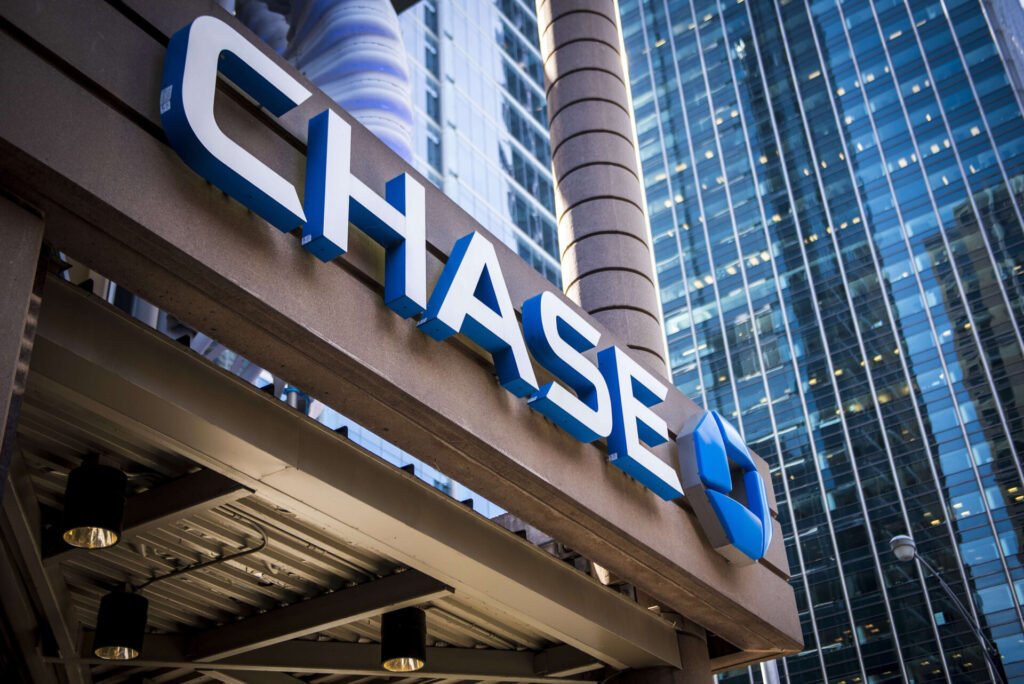JPMorgan Chase has filed lawsuits against numerous US customers accused of fraudulently withdrawing large sums of money by exploiting a technical glitch in the bank’s ATM. The JPMorgan ATM glitch went viral on TikTok as the “infinite money glitch” allowed users to withdraw funds by depositing fake checks before they bounced. JPMorgan has filed lawsuits in Los Angeles, Houston, and Miami, collectively seeking $660,000 (£509,000) from individuals alleged to have exploited this glitch.
The lawsuit did not mention the TikTok trend that gained traction in the summer. Still, the withdrawals mentioned in the lawsuit described the method viral on TikTok, showing users how they could deposit checks with a large sum of money and withdraw substantial amounts before the bank could determine if they were legitimate. A Houston case stated that a man deposited a check worth $335,000. He promptly withdrew most of it and now faces a $290,939.47 debt to JPMorgan. The US bank filed lawsuits against individuals who withdrew cash before their checks bounced in three federal courts.
JPMorgan warned its customers that exploiting this system flaw to withdraw cash constitutes fraud. He demanded repayment of the withdrawn amounts and associated fees, as well as attorneys’ fees and additional relief. Typically, banks only permit customers to withdraw a fraction of the checks value until it officially clears. However, the glitch momentarily surpassed these security measures, allowing customers to access large sums immediately. On September 2, JPMorgan announced it had resolved the issue after several customers had already taken advantage of the glitch.
Some videos on social media depict individuals celebrating and tossing cash after their withdrawals. In contrast, others show that alleged participants were later distraught over massive negative balances after the bad checks were processed. The JPMorgan ATM glitch lawsuit has characterized this activity as bank fraud. The bank encompassed the seriousness of the situation by stating, “Chase takes its responsibility to combat fraud seriously and prioritizes protecting the firm and its customers to make the banking system safer.”












